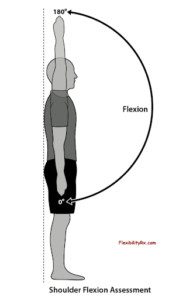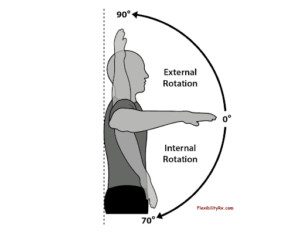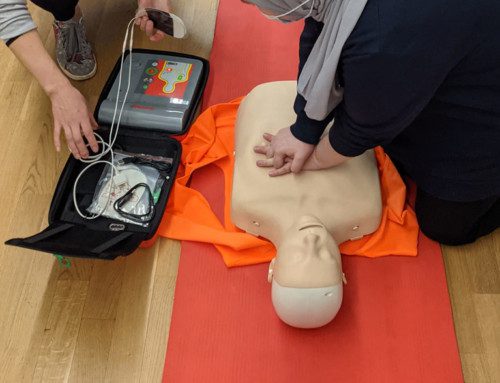 Are you a barbell athlete having trouble with some of your overhead lifts? Trouble performing movements such as the snatch, overhead squat, or overhead press? This article is for you! In today's blog post, we will be taking a deep dive into the mobility components necessary to complete these movements.
Are you a barbell athlete having trouble with some of your overhead lifts? Trouble performing movements such as the snatch, overhead squat, or overhead press? This article is for you! In today's blog post, we will be taking a deep dive into the mobility components necessary to complete these movements.
First off, it is important to break down the movement patterns necessary to complete the snatch, overhead squat, and overhead press. It is critical to examine shoulder flexion, shoulder rotation, and thoracic rotation. To be successful with these lifts, a person needs to have at least 180 degrees of shoulder flexion. This means that a person's arms should be able to be up by their ear or even a little behind the ear. If you are struggling to move into this position without arching your back and flaring your ribs, you may be lacking mobility in this region. Take a look at the exercises below to help improve this range of motion (ROM).
 Shoulder internal and external rotation are also important for barbell overhead lifts. The goal would be to obtain 90 degrees of external rotation and 70 degrees of internal rotation. To test this, the shoulder should be placed at 90 degrees as shown in the diagram. Rotate the arm upwards to determine your external rotation. Rotate the arm downward to determine your internal rotation. Most people have normal or nearly normal shoulder external rotation, but more commonly have difficulties with shoulder internal rotation. This may limit a patient's ability to reach overhead or keep the barbell close for movements such as the hang/power clean or the hang/power snatch. Muscles located in the back of the shoulder can be restricting this movement so it is important to make sure they are limber.
Shoulder internal and external rotation are also important for barbell overhead lifts. The goal would be to obtain 90 degrees of external rotation and 70 degrees of internal rotation. To test this, the shoulder should be placed at 90 degrees as shown in the diagram. Rotate the arm upwards to determine your external rotation. Rotate the arm downward to determine your internal rotation. Most people have normal or nearly normal shoulder external rotation, but more commonly have difficulties with shoulder internal rotation. This may limit a patient's ability to reach overhead or keep the barbell close for movements such as the hang/power clean or the hang/power snatch. Muscles located in the back of the shoulder can be restricting this movement so it is important to make sure they are limber.
The final piece of the mobility puzzle to achieve full overhead range of motion while performing barbell lifts is rotation through the thoracic spine. Range of motion deficits here can lead to difficulty with maintaining an upright posture in positions such as the overhead squat, front squat, strict and push presses, to name a few. Thoracic rotation is assessed in the lumbar lock position as shown here. If testing yourself, it is recommended that one side of the body be up against a wall, with rotation away. This keeps the body in good alignment during testing.
After reading this article, did you find that you have mobility restrictions in the regions of the shoulder discussed above? If so, we would be happy to help! Please contact Set Physical Therapy today to speak with one of our doctors of physical therapy so that we can help you perform at your best.





